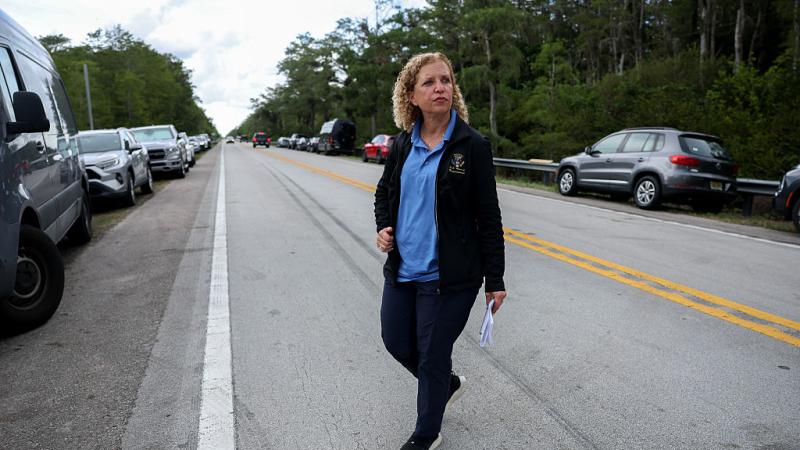Pandemic baby bust: Birth rates dropped in multiple large states in 2020, remain down in 2021
Pandemic woes, economic concerns likely put many baby plans on hold.
Birth rates in multiple U.S. states dropped notably throughout 2020 and into 2021, potentially reflecting a larger national trend stemming from a year of pandemic lockdowns and related economic woes.
Not every state keeps regular birth data readily accessible for perusal. But those that do, which include two of the three most populous states (California and Florida), show notable reductions in births through 2020 relative to earlier years, with that decrease continuing into the first quarter of this year.
In Florida, for instance, the state recorded a total of just under 210,000 births last year. That's a nearly 5% drop from the 220,000 births the state recorded in 2019.
Births have actually been declining in Florida for a few years, though only modestly so year-over-year. The 2020 drop represented the sharpest the state has recorded in nearly a decade and a half, even steeper than that observed following the financial crisis of 2007-2008.
Data into 2021 show a similar decline in the year's earliest months. The state recorded just about 16,500 births in January, down from about 18,200 a year before and almost 19,000 the same month in 2019. February also saw a decline in births, though March of this year was roughly equal with those of the prior two years.
Arizona saw a less significant drop throughout 2020 than did Florida: It recorded about 76,700 births in 2020, down from about 79,000 in 2019. Yet the state so far in 2021 has posted sharply decreased birth numbers relative to either of those years: Arizona in January has recorded 6,146 births, down nearly 10% from the same month in both the prior years. February's numbers, meanwhile, are even lower: A little over 5,550 births, a full 11% drop from February of last year.
Early numbers out of California were starker than either of those states. Preliminary data show a drop in births of 6% in 2020 compared to 2019, while the earliest data from 2021 shows even sharper declines: An 11% drop year-over-year in January, for instance, and an 18% drop in February.
In Iowa, the state's preliminary data showed a marked drop in January of this year compared to last. While overall births in 2020 declined about 4% from 2019, January's births declined nearly 8% from the same month the prior year. February's births, meanwhile, are about 3% lower.
Preliminary data is subject to change as records are refined and updated, meaning the birth numbers for 2021 and late 2020 could go up and shrink the gaps to certain degrees.
Still, the overall picture is one of markedly declining birthrates in at least several states. Some experts had predicted the opposite occurring, reasoning that many couples under lockdown would pass the time together in historically predictable ways and end up with new babies that would have otherwise not been born.
The declines observed in the early data, however, suggest that the woes of 2020 — including major economic upheaval and fears of an indefinite pandemic disrupting life for the foreseeable future — may have had a larger effect than social scientists initially estimated.
A drop in birth rates means relatively little in terms of immediate national concerns. But reduced fertility can have significant long-term effects on a nation, including an eroding tax base and a shrinking productive workforce.
Such effects have been observed in countries such as Greece, which last year implemented a "baby bonus" for couples willing to have children.
"People might think this is an issue of national pride, but it's actually one of national preservation," Domna Michailidou, Greece's deputy minister of labour and social affairs, told the Guardian last year.
"Given that high productivity rates are associated with young populations and not actively ageing ones, it's also an economic growth priority," she added.
















